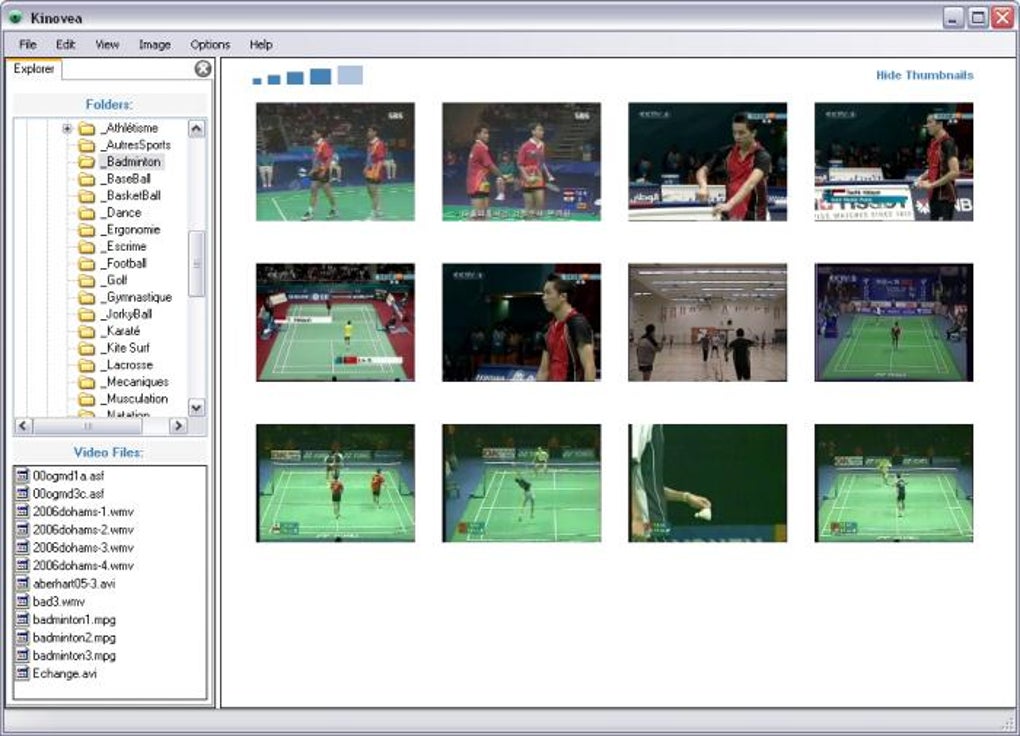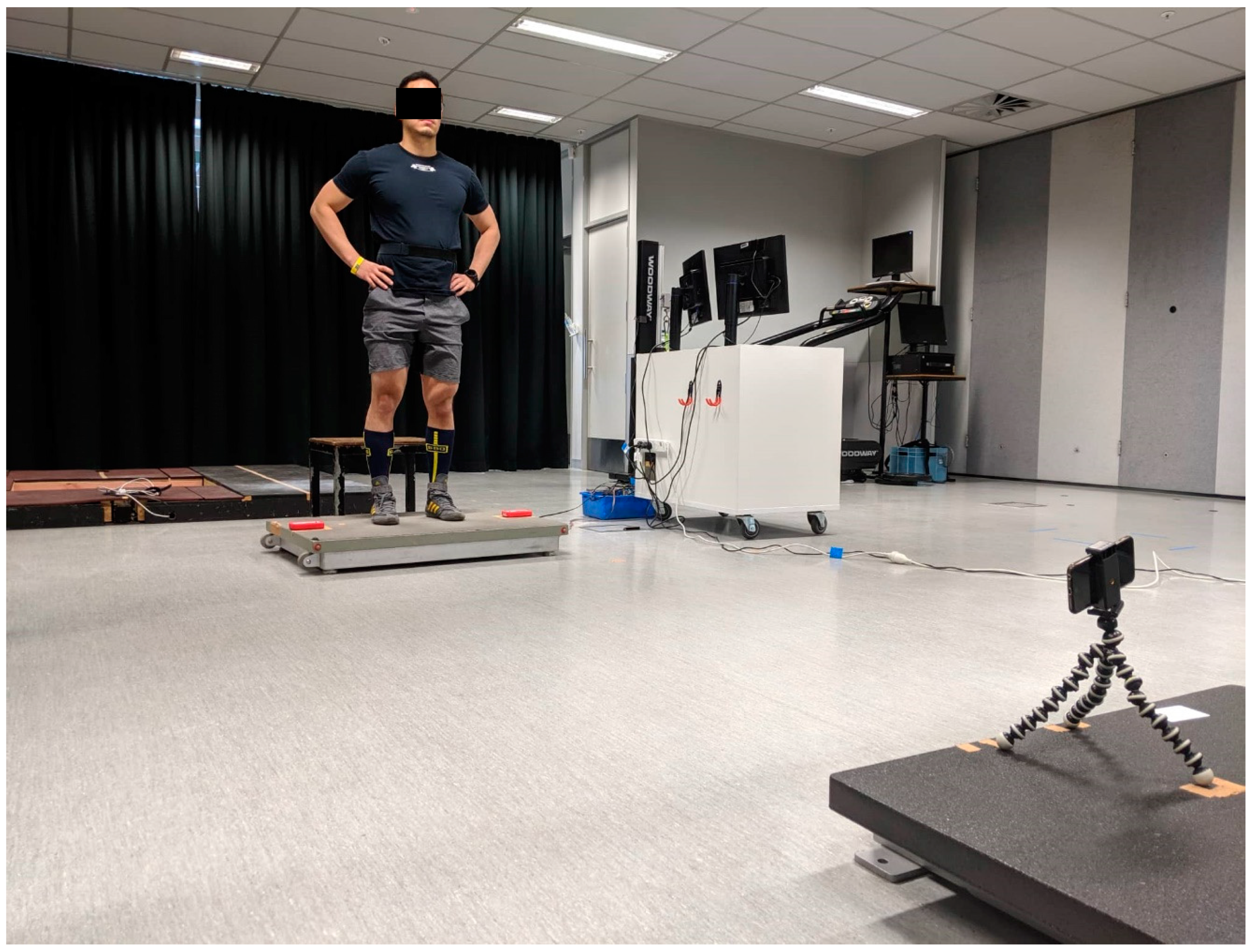

The inter-rater and intra-rater repeatability revealed that the correlation was significant in all angles by the intraclass correlation coefficient (P<0.001). Besides, the correlation was not significant in measuring the lumbar lordosis angle (P>0.05). Results: Pearson correlation coefficient data suggested that the validity of measuring the thoracic kyphosis depends on the evaluator's expertise. The inter-rater and intra-rater reliability of Kinovea were tested by 3 evaluators and one expert evaluator, respectively. For evaluating the validity, the thoracic kyphosis and lumbar lordosis were measured according to the Cobb method and Kinovea in standing position. Methods: Eighteen subjects (10 females & 8 males) referring for radiographic imaging were included in this cross-sectional study.
#Kinovea apple software#
more The present study evaluated the inter-rater and intra-rater validity and reliability of posturography by Kinovea software to measure the thoracic kyphosis and lumbar lordosis. Whenever I’m trying to “find depth” with my butt while squatting, I get that weird butt-wink deal.The present study evaluated the inter-rater and intra-rater validity and reliability of posturogr. Knees out, little more upright (maybe a gaze cue works here?), and stay set hard while dropping your ass into the hole. Think about trying to keep your torso more vertical at the bottom to counteract this you’re losing significant strength and possibly increasing risk with the extension-flexion-extension cycle you’ve got there. There's more movement in your spine as you approach/come up out of the bottom than there should be as a result. In addition, it looks like you're trying to eke out a little extra depth by bending over more instead of sinking down into the hips more. Just stick your chest out hard, tighten everything up, and start the movement.

Of more concern to me is all that extra movement and rolling your thoracic area under the bar as you prepare to descend. To my eye, 3 & 5 are borderline, and the rest are just a touch high. I just checked a recent heavy single against one I did back in September and saw a duration of 2:33 seconds vs 3:23, useful information. I can then see the length of the working portion displayed on the screen which gives me the duration of that rep. I set the first frame of the working portion to the very bottom of my squat, just before I start to move upward, and the last frame to the moment where my knees lock out at the top. The way you can set boundaries for a "working portion" of the video is great too so you can easily analyze one rep over and over from the same starting point.ĮDIT: I just realized I can use this as a crude barspeed measurement. I haven't figured out the lines and dots and whatnot but I'll probably play around with them later. I normally use VLC for video on my computer and frame-by-frame and slow motion is possible but much more of a PITA to do.
#Kinovea apple free#
Thanks for the tip on Kinovea, awesome free program. I think looking at them this way might help you develop your eye for your own squats.
#Kinovea apple full#
This helped on ones i thought were close, and i would often see they were deeper than i thought at full speed. There is a line feature i figured out, and used at first sometimes, drawing a line from the top of the knee backward over the hip crease. Most of my reps are deep now, and my eye has gotten better, so i can usually tell at full speed when they aren't. Pausing is more responsive than youtube as well. I never got its motion (auto) tracking to work, but the slow mo and frame by frame feature help when i'm in doubt about depth.
#Kinovea apple Pc#
I started using a PC program called Kinovea. If i had to call it, i'd say the first rep was parallel. You squat faster than i do, so it's harder for me to see at full speed. I think some (if not all) of those after the first might actually be to depth. You seem to have a similar thing to me, where the first rep is often higher than subsequent reps.


 0 kommentar(er)
0 kommentar(er)
